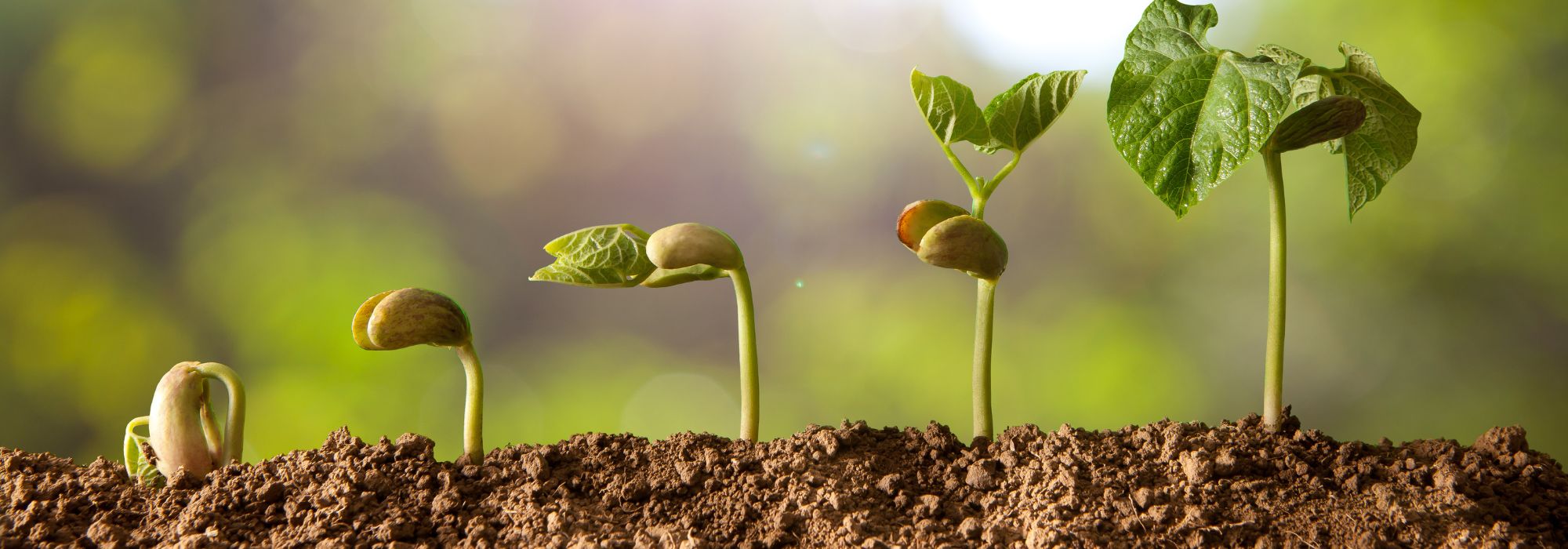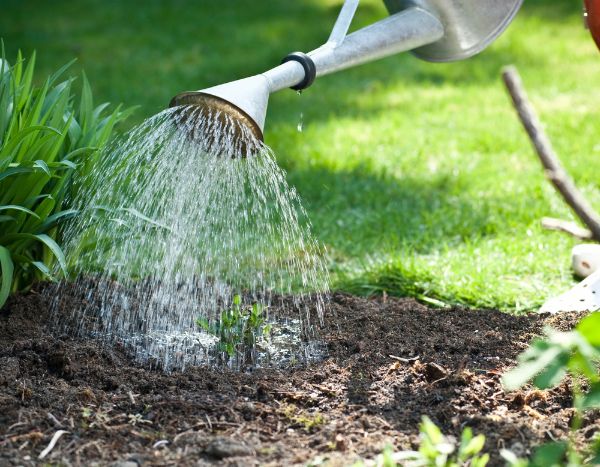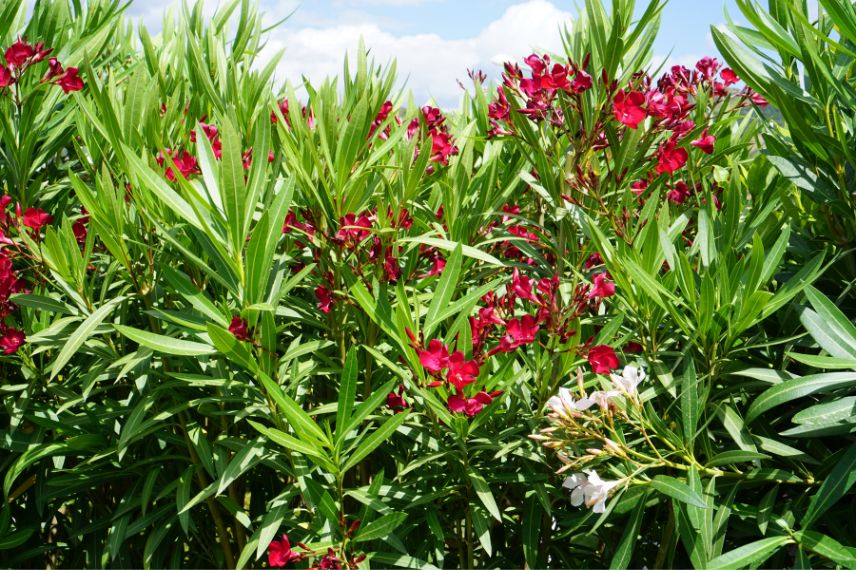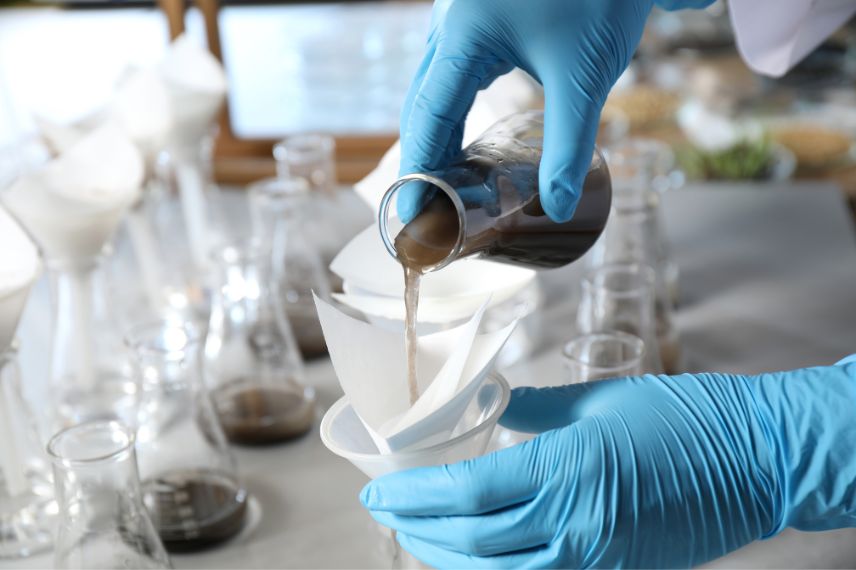
Beginner Gardener: 7 Common Mistakes to Avoid
to avoid common pitfalls and garden with peace of mind
Contents
When starting out in gardening, it’s perfectly normal to make a few mistakes. Overwatering, choosing the wrong plants or neglecting the soil… it happens to everyone. Even experienced gardeners have learned through trial and error. The most important thing is to understand these missteps in order to improve and cultivate with greater serenity.
In this advice sheet, we’ll review the most common mistakes made by beginner gardeners, explaining why they cause problems and most importantly how to easily avoid them.
Error 1: watering too much or too little
Many beginner gardeners believe that watering every day is necessarily beneficial. It’s understandable: we want to do well, imagining that more water equals better health for the plant. However, overwatering can cause as much damage as underwatering.
Why is this a problem?
Excessive watering can suffocate the roots. Indeed, roots need oxygen, and constantly waterlogged soil prevents them from breathing. This also encourages diseases, such as root rot. Conversely, a lack of water weakens the plant, slows its growth and can cause it to wither. Finding the right balance is therefore essential.
How to avoid this?
- Observe your soil: before watering, touch the soil. Is it still moist? Dry on the surface but damp underneath? This simple observation will give you a first indication.
- Adjust watering to the plant and season: not all plants have the same needs. A cactus won’t be as thirsty as a hydrangea, for example. Similarly, in summer, evaporation is faster than in winter, and water needs vary depending on the weather. Research the specific needs of each plant and adjust your actions accordingly.
- Use your finger as a “moisture tester”: it’s a very simple but highly effective trick: insert your finger into the soil up to the second knuckle. If it comes out dry, water. If it’s still damp, wait a bit. With practice, you’ll develop a good “feeling” for knowing when your plants truly need water.

Too much or not enough? Watering is a matter of getting the balance right.
Error 2: Choosing the wrong plants for your environment
When starting out in gardening, it’s very common to choose a plant simply because it’s pretty or fashionable. You spot it in the garden centre, it looks in perfect health, and you buy it without really asking any questions. However, not all plants have the same requirements: some love scorching sun, others prefer cool conditions, some tolerate cold well, others not at all.
Why is this a problem?
A plant that’s poorly suited to its environment won’t thrive, even with proper care. It may quickly show signs of weakness, develop diseases, or simply not survive. So it’s not necessarily due to lack of attention on your part, but rather a question of compatibility between the plant and your growing conditions.
How to avoid this?
- Get to know your environment
-
-
Which region do you live in? Is the climate generally cold, mild, humid or dry?
-
Is your garden or balcony in full sun, shade, or partial shade?
-
What type of soil do you have? Sandy, clay, chalky, well-drained?
-
- Observe light exposure: note how many hours of direct light your space receives daily. A plant needing 6 hours of daily sunlight won’t last long in a shady corner.
- Choose plants suited to your situation: based on your observations, opt for plants that will thrive in your conditions. You’ll find many resources (online, in garden centres or books) to learn which species suit your climate, soil type and available sunlight. Our site’s Plantfit, plant wisely!, app can help you select the right plant for your garden.
As the famous British gardener Beth Chatto said: “Right plant, right place.”
This is a fundamental gardening principle. By following it, you’ll maximise your chances of successful planting, with more vigorous, beautiful and easier-to-maintain plants.

Oleanders are stunning when in flower, but cannot be grown everywhere in France in open ground.
Error 3: Planting too close together
When starting out in gardening, there’s often a temptation to fill every available space. We plant densely, placing young plants close together so that the garden or containers immediately look lush and full. While this is a natural impulse, it’s not always the best long-term strategy.
Why is this problematic?
Plants placed too close together compete with each other. They vie for light, water and soil nutrients. The result? They grow less vigorously. Moreover, overcrowding prevents proper air circulation between foliage, creating a humid environment ideal for diseases like powdery mildew or mould. Not to mention the increased risk of pests.
How to avoid this?
- Follow recommended spacing: Plant labels or cultivation guides often specify planting distances. This isn’t trivial – these recommendations account for the plant’s natural growth. Even if young plants appear small and widely spaced initially, give them room to grow!
- Consider mature plant size: Before planting, research each plant’s ultimate height and spread. This prevents having to relocate plants later or dealing with overcrowded specimens. A little patience initially leads to a balanced, harmonious and healthy garden over time.
Error 4: Neglecting the soil
It is often mistakenly thought that soil is merely a neutral medium in which to plant. However, the opposite is true: soil is a living ecosystem. It nourishes, supports, and protects plants. Neglecting it is like trying to grow a plant without providing the right foundations.
Why is this a problem?
Poor, compacted, or poorly drained soil can lead to growth issues, deficiencies, and encourage disease. Roots struggle to develop, water stagnates or drains poorly, and plants become more vulnerable. Even a hardy plant may struggle to thrive in unsuitable soil.
How to avoid this?
- Amend the soil regularly: To keep soil fertile, it needs nourishment. Regularly add compost, potting mix, or organic amendments. These not only enrich the soil but also improve its structure, aeration, and water retention.
- Learn to identify your soil type: Before planting, take time to test your soil’s texture. Is it light and sandy? Heavy and clay-like? Fine and sticky? Each soil type has its advantages and constraints. Knowing your soil helps tailor planting choices and amendments. For accurate results, nothing beats a professional soil analysis.
- Consider mulching: Mulching (spreading natural materials like straw, dead leaves, grass clippings, or wood chips over the soil) is a great ally: it protects the soil from sun, reduces evaporation, suppresses weeds, and enriches the soil as it decomposes.

A thorough soil analysis will save you many disappointments.
Error 5: Forgetting basic maintenance
Once planting is done, it’s tempting to think the hardest part is over and that the plant will now take care of itself. This is sometimes true for very hardy species, but in most cases, a minimum of regular maintenance is essential.
Why is this a problem?
Without maintenance, plants can quickly become exhausted. Some continue to produce flowers or fruit non-stop, which weakens them if they’re not given a little help. Others spread too much, invade space or become unsightly. Plus, dead or damaged leaves that accumulate can encourage diseases or parasitic infestations. A little regular maintenance prevents many problems.
How to avoid this?
Learn a few simple techniques
You don’t need to become a pruning expert to care for your plants well. A few basic techniques are enough:
-
Light pruning to reshape the plant and stimulate its growth.
-
Pinching young shoots (i.e. cutting the tips of stems with your fingers) to encourage branching and achieve a denser habit.
-
Removing spent flowers (known as “deadheading”) to encourage the plant to produce new flowers rather than wasting energy forming seeds.
Observe your plants regularly
A gardener’s best tool is observation. By spending a few minutes each week examining your plants, you’ll quickly spot signs of weakness, early insect invasions or the need for pruning. This gentle routine allows you to intervene at the right time, without stress or major work.
Error 6: wanting to go too fast
When starting out in gardening, enthusiasm is often high. And that’s a good thing! But this momentum can sometimes lead to wanting to do too many things at once: creating a vegetable patch, planting hedges, installing a flower bed, trying out sowing, caring for houseplants… The result? You quickly find yourself overwhelmed.
Why is this a problem?
Taking on multiple projects at once can lead to fatigue, frustration or discouragement. Things don’t always go as planned in the garden, and faced with an overload of work or repeated failures, motivation can quickly wane. Gardening should remain a pleasure, not a source of stress.
How to avoid this?
- Start small and simple: it’s better to successfully manage a small container garden or a modest vegetable patch than to spread yourself too thin across ten poorly managed projects. By focusing on your top priorities, you take the time to learn and adapt.
- Learn as you go: gardening is an activity where much is learned through experience. Each season brings its own discoveries. Don’t try to master everything at once: observe, test, adjust. This is how you’ll develop a true relationship with your plants.
- Enjoy each step: rather than aiming for immediate results, savour the process. Preparing the soil, watching a seed sprout, pruning a plant at the right time… each action has its value. It’s these simple moments that make gardening so rewarding.

Start small! It’s better to have a few thriving vegetables than an entire failed vegetable garden.
Error 7: Not learning from your mistakes
Making mistakes in the garden is completely normal. It’s even an essential part of the learning process. No gardener, no matter how experienced, has ever got everything right first time. Some plants die, others don’t flower, some shoots grow in the most unlikely places… and that’s perfectly fine.
The important thing is to observe, experiment, and above all, not to get discouraged. Gardening isn’t an exact science, it’s an adventure full of trials, surprises, occasional failures… but mostly simple joys and satisfaction. Each season is a new opportunity to do better, try something different, or simply enjoy the living world around you.
Remember that every plant has something to teach you. It will speak to you in its own way, if you take the time to listen. So stay curious, be kind… and have fun!
- Subscribe!
- Contents
































Comments